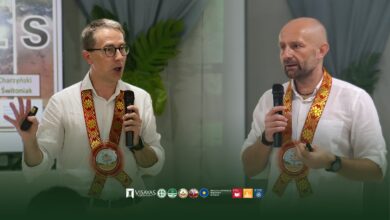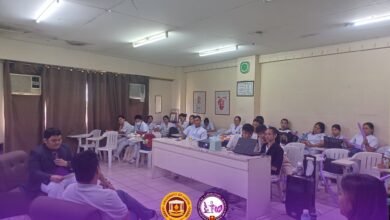What If University Campuses Stay Closed Until 2021?

Overall, colleges have responded quickly to the multifaceted coronavirus threat. Universities swiftly moved classes online, canceled spring sports, and instructed students to vacate their dorm rooms. (Some institutions refunded fees for on-campus housing, or found ways to get study-abroad students home.) Still, shutting down was the easy part. Now administrators have to figure what their institutions will do once this semester ends. “If you were to design a place to make sure that everyone gets the virus, it would look like a nursing home or a campus,” Paul LeBlanc, the president of Southern New Hampshire University, which has more than 130,000 students enrolled online, told me yesterday.
When university presidents are asked whether they’ll open their campuses for the fall 2020 semester, most couch their answers in conditionals and assumptions. By now they’ve realized that they can’t just open for business on September 1 and let everyone rush back onto campus like excited Black Friday shoppers. Ohio State President Michael Drake suggested he might start bringing professors back to campus in a few weeks. Mitch Daniels, the president of Purdue University, said he would reopen its campus in the fall and separate those older than 35 from those younger. But even he called the declaration “preliminary.”
When there are tens of thousands of dollars at stake for students and their families, I don’t know is not a satisfying answer. Why would students plunge themselves into years of debt for an online education instead of the full college experience they signed up for? Some soon-to-be high-school graduates have proposed taking a gap year, but for a lot of students—low-income students, minority students, adult students—that is not a practical option.
Read the full story from The Atlantic.
Image by Andrew Tan from Pixabay




